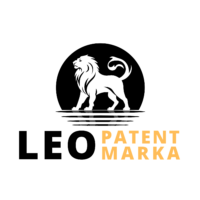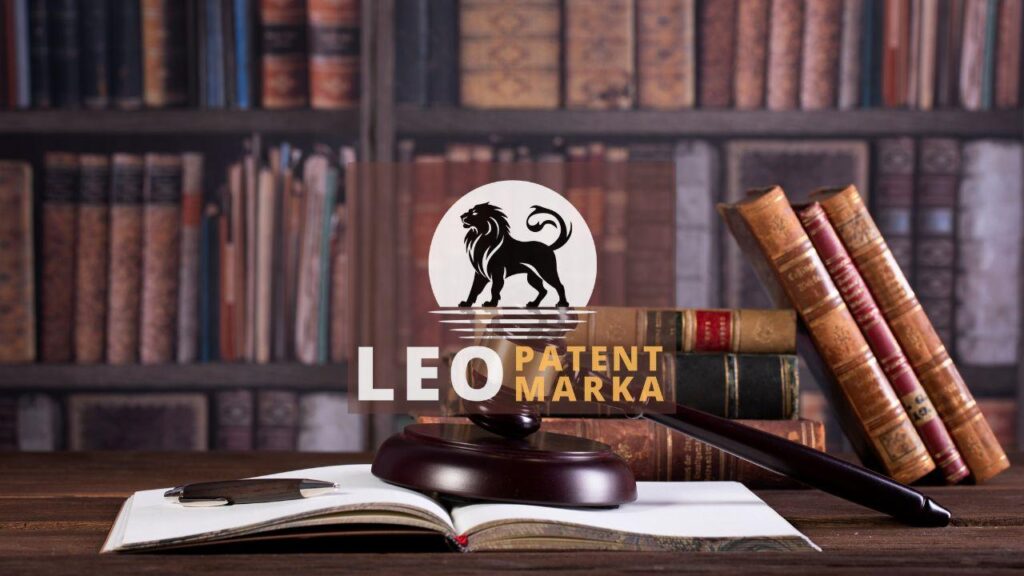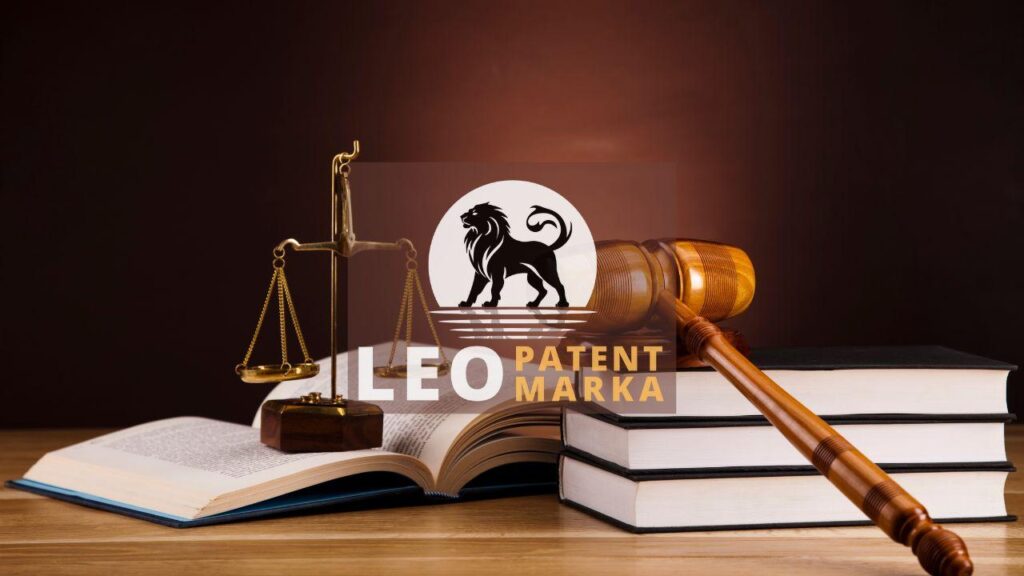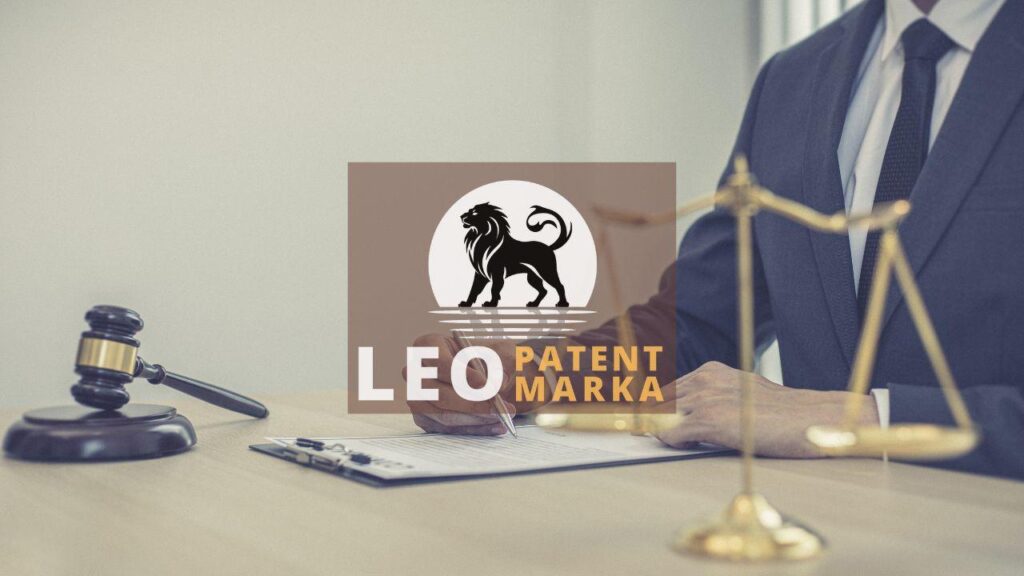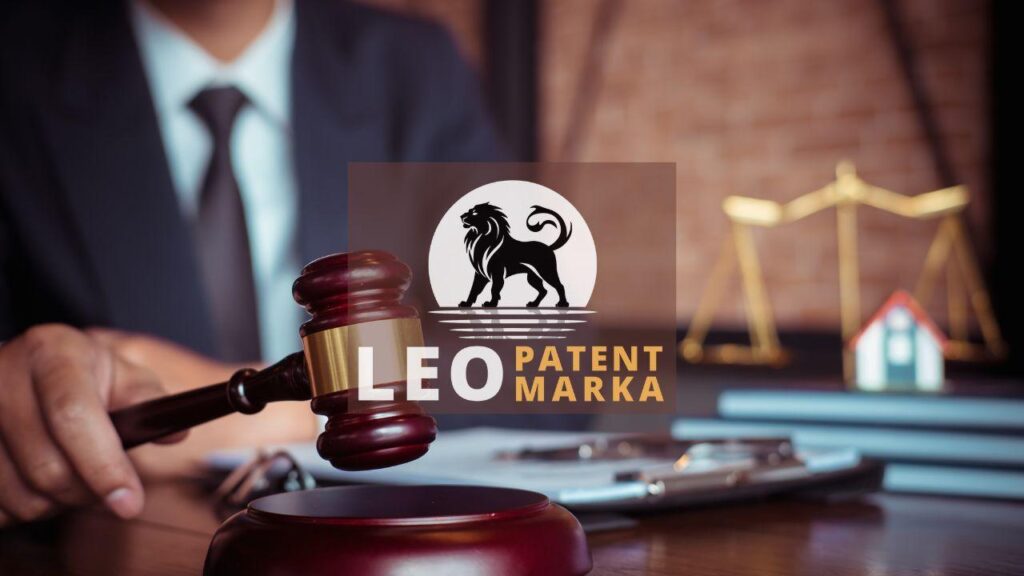In the ever-evolving landscape of intellectual property, understanding the nuances of copyright transfer procedures is crucial for safeguarding your creative works. At Leo Patent, we specialize in offering comprehensive consulting services to navigate the complexities of intellectual property in Turkey. This blog post aims to elucidate the essential steps and legal considerations involved in the transfer of copyright ownership, ensuring that your intellectual assets are adequately protected and effectively managed. Whether you are an individual creator, a startup, or an established enterprise, familiarizing yourself with these procedures can empower you to make informed decisions, maintain control over your creative assets, and ensure compliance with Turkish intellectual property laws.
Legal Framework for Copyright Transfer in Turkey
In Turkey, the legal framework governing copyright transfer is primarily outlined in the Law on Intellectual and Artistic Works (Law No. 5846). This legislation stipulates that copyright ownership can be transferred either fully or partially, through written agreements, which must be signed by both parties to be legally binding. The transfer of rights includes, but is not limited to, reproduction, distribution, performance, broadcasting, and adaptation rights. It is important to note that certain moral rights, such as the right to attribution and the right to protect the integrity of the work, remain with the original creator and are non-transferable. Ensuring robust contractual agreements that clearly delineate the scope and limitations of the transferred rights is essential for both the transferor and the transferee to avoid future disputes and ensure compliance with Turkish intellectual property laws.
The process of transferring copyright in Turkey requires meticulous attention to detail to ensure that all legal requirements are met. A well-drafted copyright transfer agreement should specify the exact rights being transferred, the duration of the transfer, any geographical limitations, and the compensation terms. Additionally, such agreements should include clauses addressing the resolution of disputes that may arise during the implementation of the transfer. The authenticity of the transfer agreement can be bolstered by notarization, although it is not legally mandatory. To ensure thorough protection and acknowledgment of the right owners’ interests, it is advisable to register the transfer with the Turkish Ministry of Culture and Tourism. This registration, while not obligatory, serves as a public record that can significantly aid in proving ownership and resolving any potential legal issues.
Navigating the legal landscape of copyright transfer in Turkey can be intricate, and seeking professional guidance is highly recommended to avoid pitfalls. At Leo Patent, we offer specialized services to assist you in drafting, reviewing, and registering copyright transfer agreements that comply with Turkish laws. Our experts ensure that every aspect of the transfer, from the rights involved to the terms of compensation and dispute resolution mechanisms, is meticulously detailed to protect your interests. By leveraging our knowledge and experience, you can confidently manage your intellectual assets, maintain the integrity of your creative works, and ensure that your rights are enforced efficiently and effectively. Whether you are transferring copyrights domestically or internationally, Leo Patent stands ready to support you through every step of the process.
Essential Steps for a Smooth Transfer Process
The first step in a smooth copyright transfer process is to ensure that the transfer is documented in a formal agreement. In Turkey, as in many jurisdictions, this agreement must be in writing to be legally valid. The contract should clearly outline the scope of the transfer, specifying which rights are being transferred, whether the transfer is exclusive or non-exclusive, and the duration and geographical extent of the transfer. Additionally, it’s important to include any financial terms, such as royalties or lump-sum payments, as well as any conditions or restrictions that apply to the use of the copyrighted work. By meticulously crafting this agreement, both parties can avoid future disputes and ensure that the transfer is compliant with Turkish intellectual property laws.
Once the formal agreement is in place, the next crucial step is the actual execution of the transfer, which typically involves the signing of the contract by both parties. In Turkey, it is essential that all signatures are authenticated by a notary to provide an additional layer of legal security. Following this, the transferor must ensure that all pertinent documentation, such as proof of ownership and certificates of registration, is submitted to the relevant Turkish authorities, including the Turkish Patent and Trademark Office. Proper registration not only validates the transfer but also serves as public notice, thereby safeguarding the new owner’s rights. Compliance with these procedures ensures a seamless transition and minimizes the risk of legal challenges or infringements in the future.
After completing the execution of the transfer and registering it with the appropriate authorities, it is prudent to conduct periodic audits to ensure that all terms of the agreement are being upheld. These audits can identify any potential breaches or unauthorized uses of the copyrighted work, allowing the new owner to take timely action to protect their interests. Whether the copyrighted material is being used in print, digital media, or other formats, maintaining a comprehensive record of its use and any associated revenues can aid in ensuring compliance with the terms of the transfer. Additionally, staying informed about any changes in Turkish intellectual property law is crucial, as updates or amendments may impact your rights and obligations. Engaging with intellectual property experts like Leo Patent can provide continuous support and advice, helping you to effectively manage and protect your creative assets over time.
Common Pitfalls and How to Avoid Them
One of the most common pitfalls in the copyright transfer process is the failure to draft a comprehensive and legally binding transfer agreement. Such an agreement should clearly outline the scope of the rights being transferred, the duration of the transfer, and any specific limitations or conditions. Without a well-crafted agreement, creators may unintentionally relinquish more rights than intended or fail to include critical clauses that protect their interests. At Leo Patent, we advise meticulous attention to detail and recommend consulting with legal experts to ensure that every aspect of the transfer agreement is tailored to meet your specific needs, thereby safeguarding your intellectual property and avoiding potential disputes down the line.
Another significant pitfall is neglecting the registration of the copyright transfer with the Turkish Ministry of Culture and Tourism. Even if a valid agreement is in place, failing to register the transfer can render it ineffective against third parties and limit the enforcement of your rights. This step is crucial to ensure the public record accurately reflects the new ownership and provides legal certainty. At Leo Patent, we guide clients through the registration process, helping them complete and submit the necessary documentation, thereby reinforcing the legitimacy of their copyright transfer and fortifying their legal standing in the event of any disputes.
A third frequent pitfall is not addressing the potential implications of existing licenses and agreements related to the copyrighted work. Overlooking these prior agreements can lead to conflicts, especially if third-party users hold vested interests or rights that might be impacted by the transfer. It’s critical to review and, if necessary, renegotiate existing licenses to ensure that the transfer does not inadvertently violate any prior commitments or lead to unintended legal complications. At Leo Patent, we emphasize the importance of conducting a thorough audit of existing agreements and consulting with all relevant stakeholders before finalizing any transfer. This proactive approach helps in avoiding future legal battles and ensures a smooth transition of copyright ownership, preserving the integrity and value of your intellectual property.
Disclaimer: This article is for general information purposes only and it is recommended that you consult experts and companies in that field to evaluate your specific situation. We are not responsible for any damage that may arise from the use of the information in this article.
